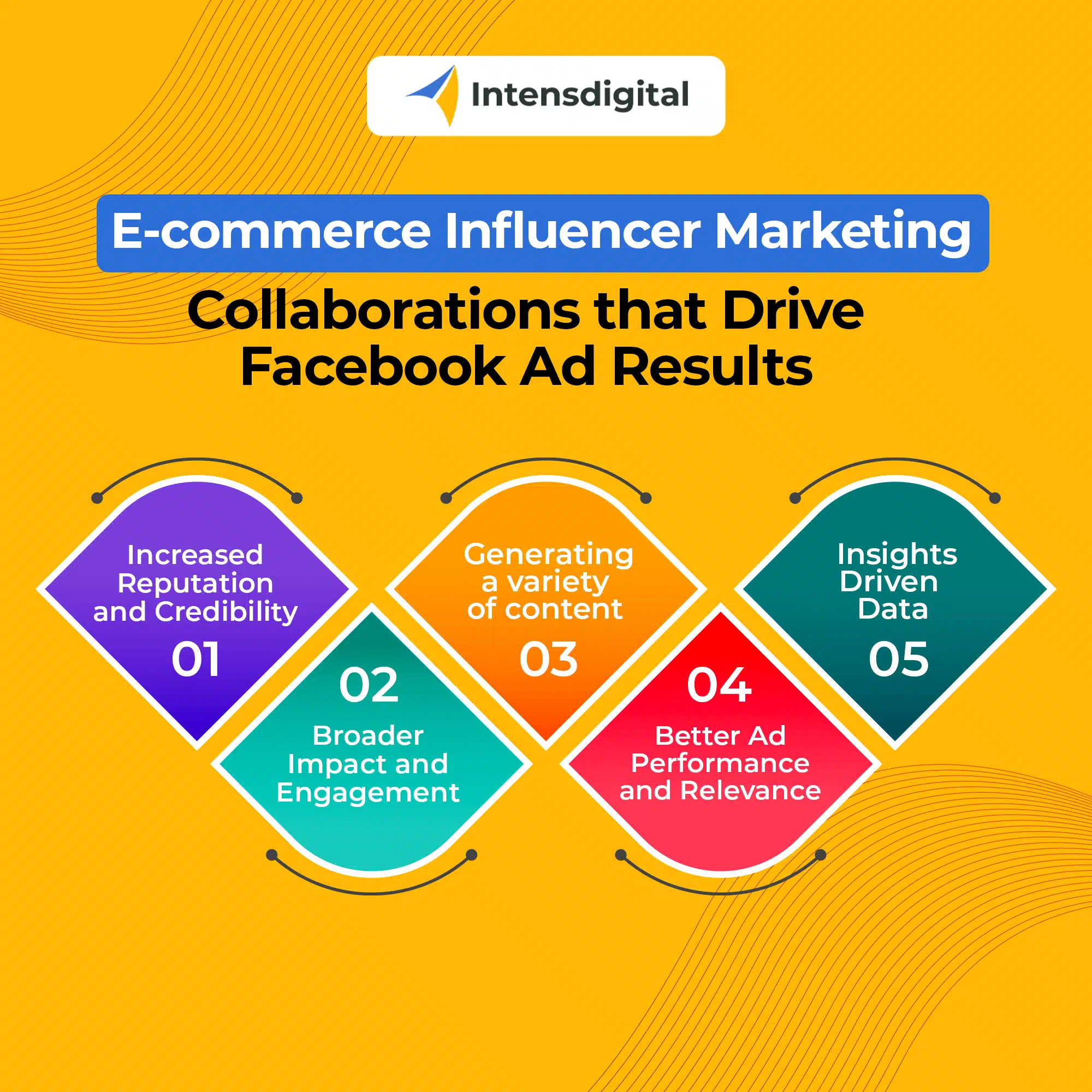When a brand starts using Facebook Ads for marketing purposes, it takes time to find the right ad campaign, that works. As the social media world is ever-changing, nothing lasts for too long. The ad strategy once brought benefits, might not work today or in the worst possible scenario, the ad is declining. What is the solution to it? How can one find a new strategy that will guarantee success without wasting the operating capital? The solution to it is A/B testing.
If you are a marketer, you are already familiar with the feeling of finding that perfect ad campaign that actually works. But it is not always following your gut and hoping that the ad campaign works for the best. You must data-back your choice. Be you a marketer or a beginner, here we will walk you through the comprehensive guide of A/B testing.
What is A/B Testing?
A/B testing, also known as split testing, is a technique that marketers use to determine which ad headlines, body copy, images, call-to-actions, or combination of the aforementioned things work best for their target group. For instance, you can test different campaign variables based on ad sets and ad levels to find out which of these variables generates better results – higher sales, more leads, or an increase in website traffic.
But to test, you need to create at least more than one Facebook ad campaign for your product. Otherwise, it will be difficult to know what kind of design will work for your demographic population.
Why A/B Testing is important?
To boost your conversion rate, you need to A/B test your best ad formulas so that you can make well-informed decisions about what works best for your target audience. After all, your ad formula should look better to your audience, not to you.
A/B testing your Facebook ads will minimize your advertising costs. When you make a data-backed decision, there is zero chance of failing and it’ll be cost-effective to generate your desired results.
Besides, it will identify the underperforming ads and pause them. Not only that, as a bonus, you will be able to gather more data on your audience. Testing a variety of strategies on your target groups will give you the leverage to reach your customers much better way.
Benefits of A/B Testing
- Enhanced Audience Insights – You can gather valuable insights into your target group’s preferences and behaviors through A/B testing. This data will allow you to refine your targeting strategy and create more tailored ad experiences that resonate best with your potential customers.
- Improved Ad Performance – A/B testing allows you to systematically test different ad elements and helps you identify the best-performing variations. Throughout the time, this process leads to optimized ads that are best suited to your audience and drive higher engagement and conversions.
- Maximize Sales and Revenue – A/B testing increases sales volume and overall revenue. Not only does it initially boost sales, but it also provides a better user experience. This, in the long run, establishes brand trust and creates loyal and repeat customers that eventually lead to maximized sales and revenue.
- Higher Conversion Rates – The insights from A/B testing can be successfully applied for several things including pages for higher-price products and services. It is the most effective and simplest way to determine the winner content to convert the visitors into sign-ups and purchases.
- Minimized Risks – To rule out a huge costly change that does not guarantee success, A/B testing is the simplest way. By A/B testing, a well-informed decision can be taken and it will help minimize the risk of the loss of operational cost. It saves time and resources and minimizes the risk.
How to get started with A/B Testing?
Facebook has created an easy usable interface that lets marketers run ad tests effectively. Though there are lots of tools out there, it is better to use Facebook’s Ad Manager Toolbar. It offers multiple approaches to A/B testing through its ‘Experiment’ tool, ad duplication, and new campaign creation.
Step 1: Determine clear objectives for the Test
The first and most important step is to determine clear and measurable objectives for your ad campaign. Your goals can be – to increase click-through rates, conversions, or brand awareness. Depending on these goals, you can choose suitable metrics and targets. For instance, if your goal is to find a new audience where you are hoping to get at least 5% conversions, your A/B test will focus on different audiences and you need to keep testing till you find a target group that will bring you 5% more conversions.
Step 2: Identify Testable Elements
Determine the key elements of your Facebook ad that you want to test. These elements can include ad copy, headline, image or video, call-to-actions, audience targeting, or ad placement. Then, focus on one element at a time to isolate its impact on ad performance.
Step 3: Create Variations
After identifying the testable elements, create two or more variations of your ad. Each variation should have one difference. For instance, if you want to test your ad copy, keep all other elements the same and alter the wording of your ad copy only. It will ensure a fair comparison. Be sure to maintain consistency in your messaging and design.
Step 4: Set Up Your Tests
Facebook Ads Manager has the simplest way to set up A/B tests. Just follow the steps below –
- Go to Ads Manager. You will get all your ads with header tabs for campaigns, ad sets, and ads.
- Select the existing ad that you want to run an A/B test on.
- After selecting an ad, the A/B test box will appear above the table. Click here.
- Follow the step-by-step instructions to choose testing options and set up your test.
Choosing a time frame and daily budget will depend on your overall campaign budget. So, choose your budget accordingly.
Step 5: Monitor and Measure
One good thing about setting up your A/B test in Ads Manager is that it will provide comprehensive data on metrics such as click-through rates (CTR), conversion rates, engagement, and more. Monitor the performance metrics of each variation closely.
Step 6: Analyze Results and Decide
After running your A/B test for a standard time, analyze the results to get the winning variation. Consider statistical significance and use the insights gained to make well-informed decisions about what works best for your target audience.
Best Practices of A/B Testing
- Test one variable at a time – If you want to test multiple variables at once, stop right there. It will lead you to unreliable data. So, test one variable at a time. Your test result will be more conclusive.
- Use the right audience – Pick audiences that you want to reach with your ads. If you choose exact same audience as a campaign you are already running, there is a possibility to get contaminated results. So, choose the right audience.
- Be patient and consistent – A/B testing is a continuous process that requires patience and consistency. Avoid making abrupt changes based on early results; instead, give the tests sufficient time to gather substantial data.
- Test regularly – In social media, audience preferences, and trends change continuously. To keep pace, your ads should evolve as well. Test regularly and optimize your ad campaigns accordingly.
- Analyze beyond clicks – Do not focus only on click-through rates. There are other valuable metrics like conversion rates, cost per conversion, and return on ad spend (ROAS). Focus on these because you can get a comprehensive overview of your ad’s success from them.
In this ever-evolving digital landscape, there is no alternative to continuous optimization and testing. A/B testing is the secret sauce of becoming a successful Facebook advertiser. Embrace it and watch yourself grow like a seasoned marketing pro.




